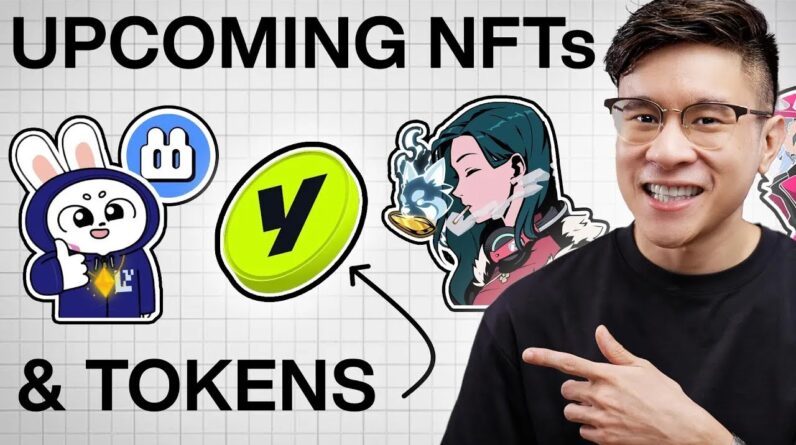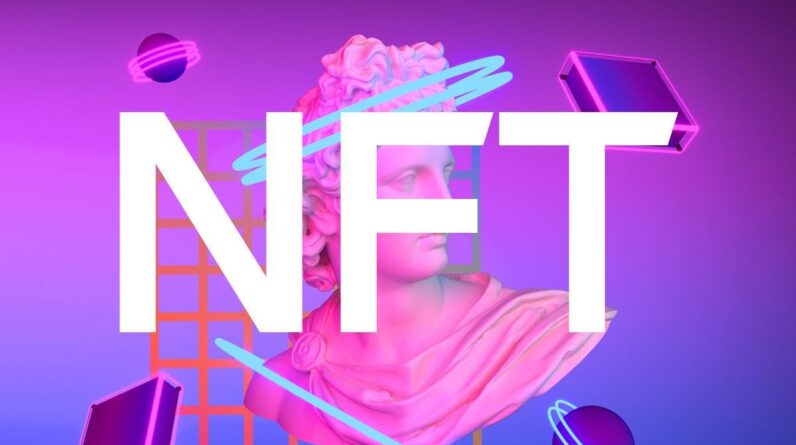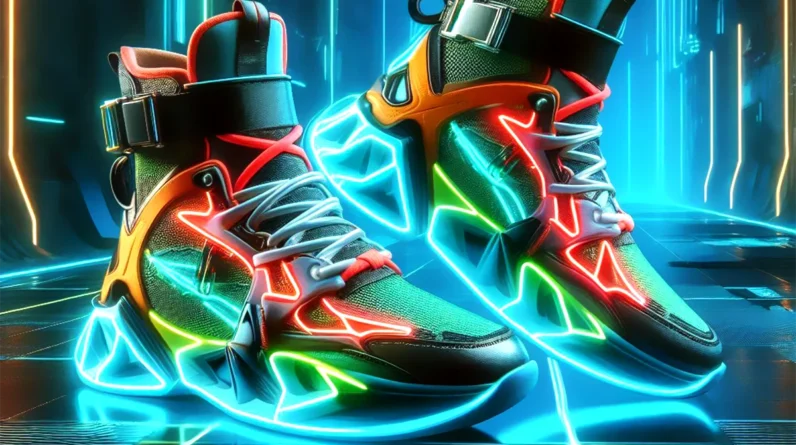
Large consumer brands are notoriously slow to adapt to new technologies. Kodak, once a pioneer in digital photography, clung to its film business and missed the digital revolution, ultimately leading to its downfall. Blockbuster similarly ignored the rise of online streaming and paid the ultimate price. Today, big brands are repeating these mistakes with Web3 technologies. They dabble in NFTs and blockchain not out of a genuine desire to innovate but as a reactionary move to market trends. This superficial adoption lacks the depth and understanding necessary to leverage Web3’s full potential.
From a philosophical perspective, this failure to innovate stems from the very nature of large corporations. They are, by design, hierarchical and centralized structures that prioritize stability and predictability over experimentation and risk-taking. In a Deleuzian sense, they are striated spaces that are rigidly organized and resistant to change. Web3, on the other hand, represents a smooth space, a realm of decentralization and fluidity. The inability of large brands to navigate this space is not surprising; it goes against their very essence.
The superficial adoption of Web3
Nike’s acquisition of RTFKT was heralded as a bold move into the digital realm. Yet, despite the initial excitement, Nike has struggled to integrate its innovative spirit into its broader strategy. The recent shutdown rumors underscore the broader issue: large brands adopt Web3 technologies for their financial potential, not for genuine innovation. The result is a series of half-hearted projects that fail to resonate with consumers.
Case study: Louis Vuitton’s NFT ventures
Louis Vuitton has launched several notable NFT initiatives, most prominently the “Louis: The Game” mobile app, which celebrated the brand’s 200th anniversary. In this game, players help the mascot, Vivienne, collect NFTs designed by renowned artist Beeple. Despite achieving over two million downloads, the impact on consumer engagement remains questionable, as the NFTs are non-transferable and primarily serve as collectibles without broader utility.
In a more recent venture, Louis Vuitton introduced the “VIA Treasure Trunk” NFTs, each priced at approximately $41,000. These NFTs, tied to physical trunks, offer exclusive access to customizable products and early releases, targeting the brand’s elite clientele. However, this approach highlights the brand’s focus on exclusivity rather than democratizing access to digital ownership.
The use of blockchain here is more of a marketing gimmick than a transformative tool. It’s a simulacrum of innovation, a hollow signifier devoid of true meaning.
The true potential of Web3
Web3’s promise lies in its ability to democratize digital interactions and ownership. However, this potential remains largely untapped by big brands. The true pioneers of Web3 are smaller, more agile companies that can take risks and innovate without the burden of bureaucratic inertia. Brands like 9dcc and RTFKT (in their original form) are at the forefront of this innovation. 9dcc, founded by crypto entrepreneur Gmoney, integrates NFTs into high-end fashion, creating a seamless blend of digital and physical experiences that genuinely resonate with consumers. These companies are experimenting with new models of ownership, community engagement, and digital experiences that large brands can’t or won’t pursue.
In a sense, these smaller players are the nomads of the digital realm, traversing the smooth space of Web3 with ease. They are not bound by the striations of corporate structure and can thus explore the full potential of this new frontier. They embody the Deleuzian concept of the rhizome, a decentralized, non-hierarchical system that can grow and adapt in any direction.
The future of Web3 and consumer brands
For Web3 to reach its full potential in consumer applications, the lead must come from these smaller innovators. They are the ones pushing the boundaries, experimenting with new technologies, and finding genuine ways to engage with consumers. Large brands, on the other hand, need to recognize their limitations and perhaps look to these smaller players for inspiration.
Web3 is not just about slapping an NFT on a product and calling it a day. It’s about rethinking the entire consumer experience, from ownership to engagement to value creation. Until large brands understand this, they will continue to miss the mark, and the true potential of Web3 will remain unrealized.
Philosophical implications
The philosophical implications are clear: the future belongs to those who can navigate the smooth space of Web3, not those who cling to the striated structures of the past. It belongs to the nomads, the rhizomes, and the innovators who are not afraid to experiment and fail. It belongs to those who understand that true innovation is not about financial gain but about pushing the boundaries of what’s possible.






